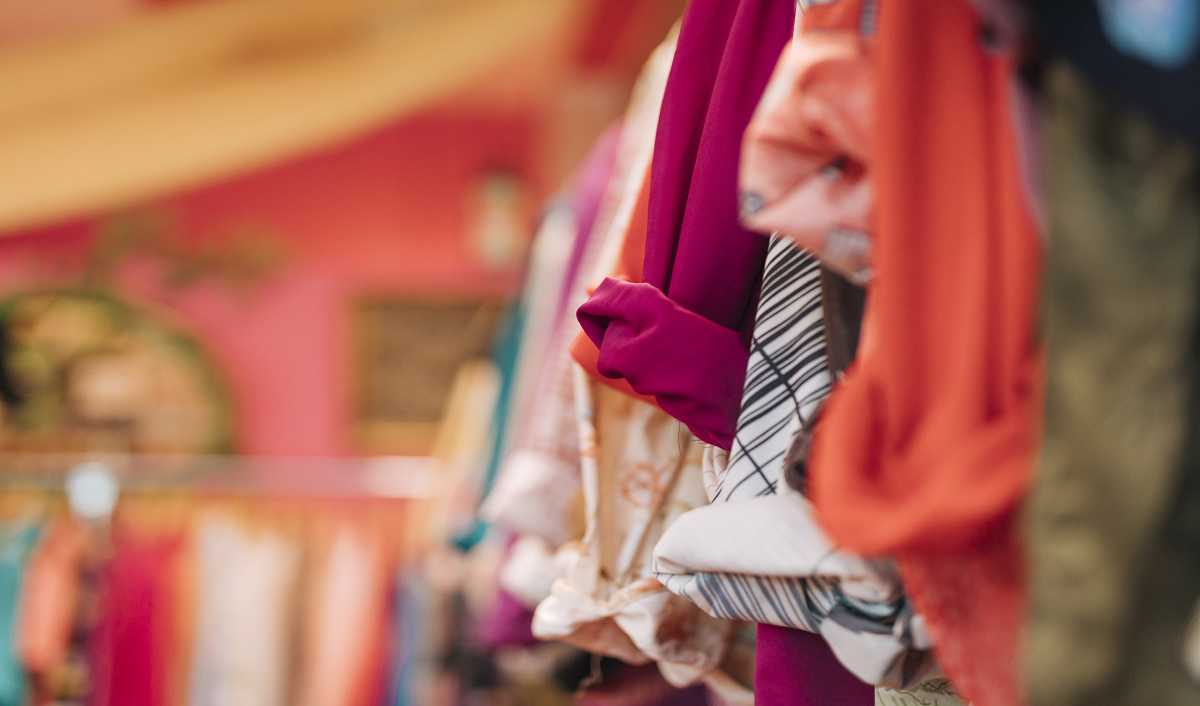What We Need to Revive India's Apparel and Textile Exports
28 February, 2022

An article published in the recent RBI bulletin has rightfully taken note of ‘stagnation’ in India’s apparel and textile exports in recent years, attributing it to tariff concessions enjoyed by countries like Bangladesh, Vietnam, and Cambodia. The article further builds a case for India to aggressively pursue Free Trade Agreements (FTAs) with major destination markets, including the US and the EU, to overcome the stagnation and increase the apparel shipments.
The recommendation is timely. India’s apparel and textiles sector has historically enjoyed a competitive advantage around the world. It has also regularly contributed more than 10 percent to the country’s overall exports pie – the share was 11.34 percent in 2019-20 – and its continuous growth is key to realizing our stated goal to ‘make in India for the world’. And yet, India’s share in global apparel exports has stagnated at 3-4 percent over the last decade.
In September, Union Commerce and Textiles Minister Piyush Goyal set a lofty goal for the industry to increase the textile exports from $33 billion currently to $100 billion at the earliest. To put that figure in perspective, India’s overall exports for 2019 stood at $330 billion. For the ongoing fiscal, the minister has set a goal of reaching a total of $44 billion worth of exports for textiles and attire, together with handicrafts.
Achieving such ambitious targets needs driving forward significant structural changes at the industry level as well in government policy. Much as signing FTAs for tariff concessions is an important intervention almost deemed necessary – a report by Crisil echoed this demand a few months ago – there are a handful of other factors needlessly constraining the sector’s growth that we also need to address immediately.
The first obvious limitation is the heavily fragmented nature of Indian textile and apparel production facilities. There are very few large-scale mills and sewing houses, and then there is a huge population of micro or small-sized units. Our policymakers need to prioritize addressing this gap and set a target to raise a substantial number of small-sized units to midsize. Two recently launched schemes – the Production-Linked Incentives (PLI) scheme for textiles, and the PM-MITRA (Mega Integrated Textile Region and Apparel) parks scheme, under which seven integrated textile parks are to be set up in the country, are steps in the right direction.
However, in our view, the PLI scheme must be extended beyond man-made fiber fabric and should include natural fabrics as well. The financial support should also extend beyond PLI. A common grievance that many exporters have is an interminable delay in receiving incentive payments, as well as tax and levy reimbursements from the government, which ends up choking their working capital and ultimately hurts their business.
Next, our industry needs to collectively pay heed to the powerful trend of ethical, sustainable, environment-friendly fashion consumption sweeping around the world. Consumers in the west are now actively demanding products that meet prevailing global benchmarks for sustainability and ethical manufacturing. Unless our exporting units evolve and adapt to ethical and sustainable production, they will leave the field wide open for new competitors to take over.
To begin with, we need to urgently build a collective awareness about not just the environmental impact of textiles and apparel production, but also its impact on human health – starting with the workers themselves. The government along with industry associations must find ways to encourage the individual units to invest in their worker's safety and well-being. These interventions can be as simple as undertaking regular preventive maintenance of machinery and facilities to mitigate any safety risks, or investing in the latest technologies and shop floor upgrades with the ultimate goal to provide improved working conditions for the workers.
Catalyzing a comprehensive quality revolution is another urgent step needed to prepare India’s apparel manufacturing for the future. The majority of our units lack any understanding of international quality standards and are not even prepared or willing to invest in quality. Major buyers from around the world would even tell you that the quality commitment goes much beyond production audits and controls; and that Indian units need to start taking delivery schedules and timeline commitments more seriously to compete better with their counterparts. No less important is the issue of workers' training and skill up-gradation, which also leads to improved work conditions for them.
Finally, any cogent and cohesive strategy to improve our export competitiveness must maintain its focus on the actual core competencies of India, including cotton textiles, cotton blends, embroidery, use of natural dyes, and special colors, among others. This is why the recently launched PLI scheme is remiss in limiting itself to man-made fibers (MMF) and fabrics. Globally, the share of MMFin exports has overtaken that of natural fibers and the trend is only expected to pick momentum in the coming years, providing a firm justification for India’s investments in promoting MMF exports. Still, cotton, silk, and related fibers will have their place in the sun for the foreseeable future. We must not abandon this ship completely.
Useful Links:
Source: www.indianretailer.com
